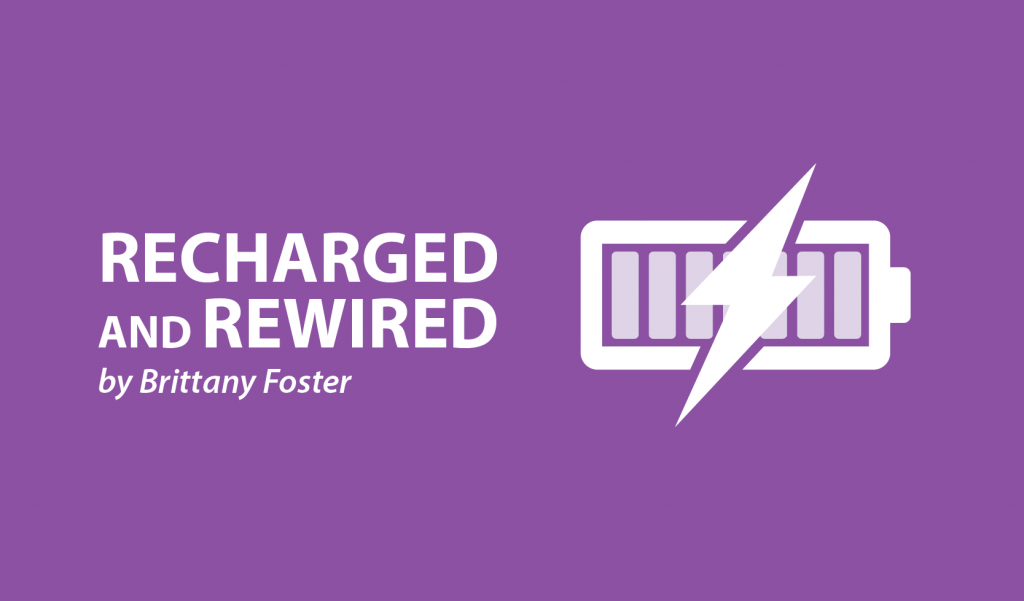Managing Dizziness: Our Carousel Doesn’t Stop Turning
Think back to what it was like riding a carousel when you were young. I’m sure you raced for the best horse, and you wanted to be the first one buckled. When the carousel started, it may have been moving more slowly than expected. Maybe you were like me and thought, “Get me off of this thing!”
Maybe it went faster than expected, and it was fun until you tried walking away afterward. Imagine getting off of a fast carousel ride. How would you feel immediately after? Now think about this being a feeling you must manage every day. That is my reality, along with many others with pulmonary hypertension.
Those who are living with pulmonary hypertension can relate to the feelings of dizziness that seem similar to getting off a carousel. One of the most difficult symptoms of managing a life with pulmonary hypertension and other chronic illnesses is the feeling of being lightheaded and dizzy on a regular basis. This symptom leads to drowsiness, feeling off-balance, and sometimes episodes of fainting spells. The reality is that our carousel doesn’t stop turning.
Dizziness and lightheadedness are conditions I have personally managed since I was in elementary school. Initially, doctors thought this was a vestibular condition. They assumed that my balance was affected because of an inner ear problem. After detecting how low my oxygen saturations were upon exertion and standing, it was determined that much of my dizziness was because of hypoxia. Dizziness was a side effect of poor oxygen levels and blood flow.
When learning to manage the symptoms of dizziness and lightheadedness, it’s important to recognize triggers. Pay attention to what may make these symptoms worse. Once triggers are identified, it makes it easier to listen to the body’s warning signs and act accordingly.
I have identified certain triggers that worsen my dizziness and lightheadedness. Some of my common triggers are low oxygen levels, too much exertion in a short time period, positional changes, a faster than normal heart rate, more frequent episodes of tachycardia, large meals, hormonal changes, standing for an extended time, and medication side effects. There are certain triggers that can’t be avoided, like increased oxygen demand and hormonal changes. Whether they can be avoided or not, identifying these helps me work with my body to make these symptoms more manageable and less debilitating.
When dealing with dizziness, gain control by acknowledging triggers and learn ways to manage them. If oxygen demand has increased some days, talk with the doctor about adjusting liter flow when you feel more symptomatic. When hormonal changes are increasing symptoms, consult with a gynecologist to come up with a better treatment plan to manage these changes.
If you’re prescribed heart-rate medications, talk with the doctor about an increase in dosage on days when tachycardia is worse. Inquire about a supplement or medication that could balance out side effects from medications. Make lifestyle adjustments, if needed, like remembering to take it slow when changing positions.
Eat smaller meals more frequently throughout the day to help ease dizziness from digestion. Develop an exercise plan suitable for your individual needs. Slow down when your body is telling you to do so.
It’s so important to try our best to be aware of how we are physically feeling to avoid feeling any worse. Be proactive and remember that we do have control over some things. Talk with your doctor about treatments or lifestyle changes that will help you adapt. Even though our carousel seems as though it doesn’t stop turning, we have control over adjusting the speed.
***
Note: Pulmonary Hypertension News is strictly a news and information website about the disease. It does not provide medical advice, diagnosis, or treatment. This content is not intended to be a substitute for professional medical advice, diagnosis, or treatment. Always seek the advice of your physician or other qualified health provider with any questions you may have regarding a medical condition. Never disregard professional medical advice or delay in seeking it because of something you have read on this website. The opinions expressed in this column are not those of Pulmonary Hypertension News or its parent company, Bionews Services, and are intended to spark discussion about issues pertaining to pulmonary hypertension.









Susan
Thank you so much this has explains one of the new systems that have become part of my life. I have blames it on sinus, inner ear, and other suggested thoughts.
Now I get it...thank you!!!!!!
Deborah Parker
Are you saying having Lightheadedness could be part of having Pulmonary Hypertension?
Brittany Foster
Hi Deborah,
I can't speak for everyone with PH, just from my own body and my own experience with this disease, being light headed is a symptom of my PH. This is because I am not getting the full amount of oxygen during the day and this makes me feeling heavy and ligtheaded. It definitely is a common complaint among those with PH who I have talked with.
James bull
I get dizziness with this worrying illness especially in bed or getting out of bed to quickly scary at times.
Brittany Foster
James, know the feeling. It is very unsettling to have dizziness especially when going from a sitting to standing position. I was always told to "take it slow" when getting up because my blood pressure drops very low upon standing. That's where a lot of my light headed feeling comes from.
Scott s
I just finished hiking in the heat. As soon as I stopped the dizziness started. I’m real new to PH, so it was a bit scary. I try to tense my muscles hoping to pull the pressure back up when this occurs. Other than that, and fear of falling, I try to imagine that the dizziness is fun, like getting off an amusement park ride. I try